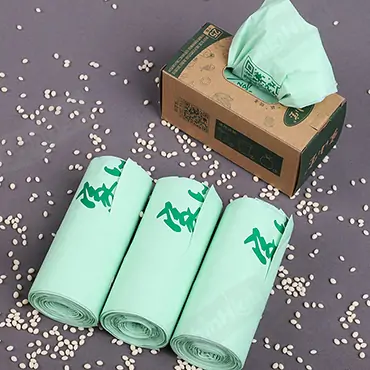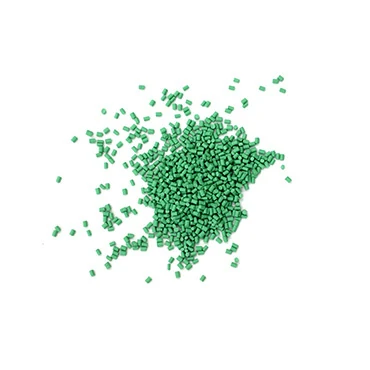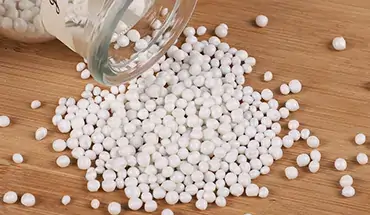Ever feel that pang of guilt tossing a plastic bag? You’re not alone. We’re drowning in plastic, and it’s time to get real about solutions. You’ve probably heard whispers about “biodegradable” and “compostable” bags, but what’s the actual difference? And are they really better? Let’s cut through the confusion and dive deep into the world of plastic bags, uncovering the stark contrasts between the old guard and the eco-friendly contenders. Spoiler alert: it’s not just about breaking down; it’s about building a healthier planet.
The Plastic Problem: Why We Need to Change
Let’s face it, plastic is everywhere. It’s in our kitchens, our cars, and tragically, our oceans. We love its convenience, but that convenience comes at a steep price. Normal plastic bags, those flimsy grocery sacks and packaging films, are major contributors to a global environmental crisis. They choke our landfills, pollute our waterways, and harm wildlife. But why is this happening?
Normal Plastic Bags: A Convenient Curse
Picture this: a plastic bag, used for maybe 20 minutes to carry groceries, ends up sitting in a landfill for… wait for it… up to 1,000 years! That’s not a typo. Normal plastic bags are typically made from polyethylene (PE), high-density polyethylene (HDPE), low-density polyethylene (LDPE), and polypropylene (PP) – essentially, byproducts of oil and gas. These petroleum-based polymers are incredibly durable, which is great for carrying groceries, but terrible for the environment. They just don’t break down. Instead, they fracture into smaller and smaller pieces, becoming microplastics that contaminate our soil, water, and even the air we breathe. It’s a convenience with a seriously long and damaging tail.
Decoding the “Green” Alternatives: Biodegradable vs. Compostable
Okay, so normal plastic is a problem. But what about those “eco-friendly” options? Here’s where it gets a bit tricky, as not all green bags are created equal. The terms “biodegradable” and “compostable” are often used interchangeably, but there’s a crucial difference that impacts the environment. Think of it like this: all squares are rectangles, but not all rectangles are squares. All compostable things are biodegradable, but not everything biodegradable is compostable. Confused yet? Let’s break it down.
What are Biodegradable Bags?
Biodegradable bags are designed to break down into natural elements like water, carbon dioxide, and biomass. Sounds great, right? The catch is in the “how” and “when.” Many biodegradable bags still contain petrochemical-based materials and require very specific conditions (high temperatures, specific microbes) to decompose fully. Often, these conditions aren’t met in typical landfills or natural environments. The result? The bag might break down into smaller pieces, but those pieces are still plastic, and still polluting. It’s like cutting a piece of gold; it gets smaller, but it’s still there. These tiny plastic fragments can persist for years, wreaking havoc on ecosystems and entering the food chain. So, while the idea of biodegradation is positive, the reality often falls short, creating a misleading sense of environmental responsibility.
What are Compostable Bags?
Now, here’s where things get exciting! Compostable bags are made from renewable resources like cornstarch, polylactic acid (PLA) derived from plants, or other bio-based materials. These bags are designed to break down completely in a composting environment into nutrient-rich humus – basically, food for your garden! The key difference is that compostable bags return valuable organic matter to the soil, closing the loop in a truly sustainable way. They leave no toxic residues or microplastics behind. Think of it like turning food scraps into fertile soil; compostable bags do the same but on a larger, more impactful scale. It’s a true cradle-to-cradle approach, offering a genuine solution to plastic pollution.
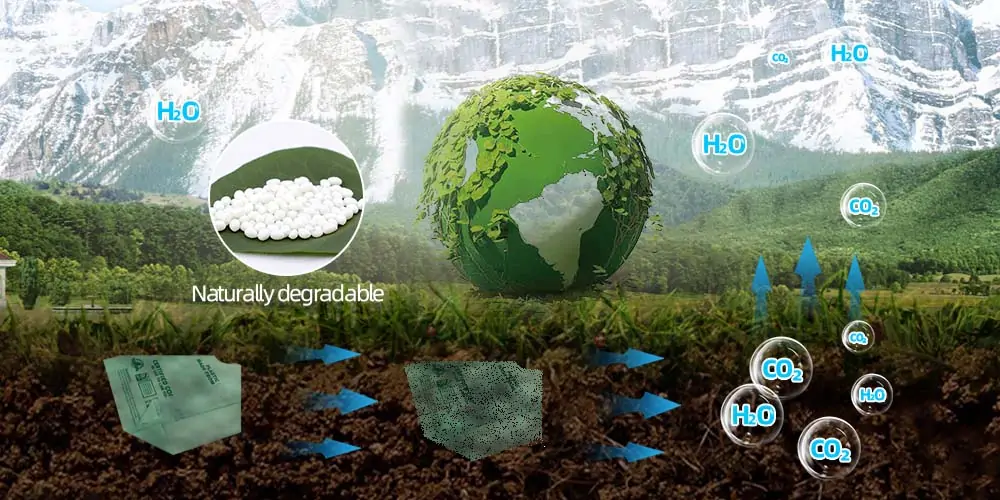
The Showdown: Normal Plastic vs. Compostable Bags
Alright, let’s get to the heart of the matter. How do these bags really stack up against each other? We’ll break it down into key categories, so you can see the clear winner in the battle for sustainability. The “difference between normal plastic bags and compostable bags” becomes crystal clear when we examine them side-by-side.
Raw Materials: From Fossil Fuels to Fields of Corn
Normal Plastic Bags: As mentioned earlier, these are born from fossil fuels – oil and gas. Non-renewable resources that contribute to climate change and environmental degradation. Every time we use a normal plastic bag, we are unwittingly bolstering the use of non-renewable resources like oil and exacerbating its harmful environmental footprint.
Compostable Bags: These champions of sustainability are crafted from renewable resources like cornstarch, sugarcane, and other plant-based materials. They represent a shift towards a circular economy, where resources are replenished rather than depleted. Imagine a field of corn transformed into packaging that then returns to nourish the soil – that’s the power of compostable materials.
Waste Generation: Landfill Burden vs. Garden Gold
Normal Plastic Bags: Their final destination? Landfills, where they’ll linger for centuries, leaching harmful chemicals and contributing to the ever-growing mountain of waste. They offer no value to the ecosystem and pose a threat to wildlife and human health for generations to come.
Compostable Bags: These bags are designed to become part of the solution, not the problem. In the right composting conditions, they break down into valuable compost, enriching the soil and reducing the need for chemical fertilizers. It’s a win-win for the environment, turning waste into a resource.
Carbon Footprint: Heavy Emissions vs. Lighter Steps
Normal Plastic Bags: The production and disposal of normal plastics are energy-intensive processes, releasing significant amounts of greenhouse gases into the atmosphere. From extraction to manufacturing to incineration, every stage contributes to climate change.
Compostable Bags: The production of compostable bags typically generates fewer carbon emissions. Plus, when they decompose, they release carbon dioxide that was originally absorbed by the plants they were made from, making them closer to carbon-neutral. It’s like borrowing carbon from nature and then giving it back – a balanced and sustainable cycle.
Toxic Troubles: Synthetic Pollution vs. Plant-Based Purity
Normal Plastic Bags: They often contain a cocktail of chemical additives, including bisphenol A (BPA), phthalates, and other toxins that can leach into food and the environment. These chemicals are linked to various health problems, raising concerns about the safety of normal plastics.
Compostable Bags: Made from natural, plant-based ingredients, they are free from harmful chemicals and pose no threat to human health or the environment. They offer a pure and safe alternative for packaging and disposal. Choosing compostable bags means choosing a healthier option for yourself and the planet.
Degradation Time: Centuries vs. Months
Normal Plastic Bags: We’re talking hundreds, even thousands, of years for these bags to decompose. And even then, they don’t truly disappear; they just break down into microplastics. That’s a legacy of pollution that will haunt future generations.
Compostable Bags: Under the right conditions – typically in an industrial composting facility – compostable bags can decompose within 3-6 months. Even in home composting setups, though slower, they will break down far faster and more completely than normal plastics. This rapid decomposition time prevents the accumulation of plastic waste and allows for a quicker return of nutrients to the soil. It’s the difference between a geological timescale and a seasonal one.
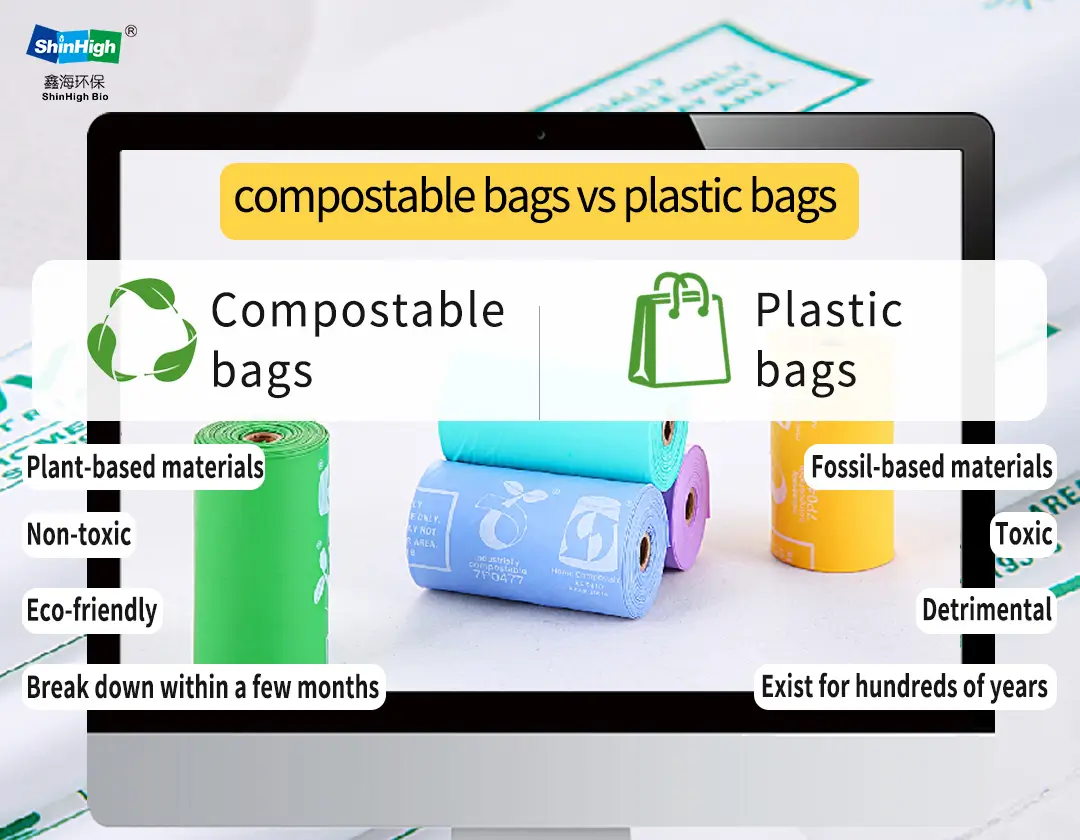
Spot the Difference: How to Identify Compostable Bags
So, you’re ready to make the switch, but how can you tell a truly compostable bag from its conventional counterpart? It’s not always obvious, as some manufacturers try to greenwash their products with misleading labels. Here are some key things to look for to ensure you’re getting the real deal, making a genuine difference, and understanding the important distinction in the “difference between normal plastic bags and compostable bags.”
The Smell Test: Plastic Fumes vs. Grainy Goodness
Normal Plastic Bags: They often have a distinct plastic-y or chemical odor, or sometimes no odor at all. That smell is a telltale sign of their petroleum origins.
Compostable Bags: Especially starch-based bags, may have a faint, slightly sweet, or grainy fragrance – a subtle reminder of their plant-based origins. It’s a smell that connects you back to the earth, not the oil refinery.
The Touch Test: Slippery Sheen vs. Milky Softness
Normal Plastic Bags: They tend to feel slippery, smooth, and somewhat stretchy.
Compostable Bags: Often feel softer, almost like a very thin fabric or milk film. They may have a slightly less uniform texture compared to normal plastics. It’s a tactile difference that speaks to the natural origins of the material.
The Certification Check: Look for the Logos
This is perhaps the most reliable indicator. Look for certifications from reputable organizations like the Biodegradable Products Institute (BPI) in North America, EN 13432 in Europe, or AS 4736 in Australia. These certifications ensure that the bags meet specific standards for compostability and will break down properly in designated facilities. A certified compostable bag will proudly display these logos, giving you confidence in your purchase. Don’t fall for vague claims like “eco-friendly” or “biodegradable”; look for concrete proof of certification.
The Burn Test: Toxic Smoke vs. Clean Ash
(Please note: This test should be done in a controlled and safe environment with proper ventilation)
Normal Plastic Bags: When burned, they release thick, black smoke with a pungent, acrid smell and leave behind a hard, plastic residue. This smoke is laden with harmful chemicals, further polluting the air.
Compostable Bags: When burned, they produce less smoke, a less offensive smell (often like burning paper or leaves), and leave behind a fine, ash-like residue that is mostly organic matter. This cleaner burn is a testament to their natural composition. However, remember burning plastic should be avoided if possible due to the release of harmful fumes into the atmosphere; composting is always the preferred method of disposal.
Making the Switch: Why Compostable Bags are the Future
So, we’ve laid it all out – the raw materials, the waste generation, the carbon footprint, the toxic chemicals, the degradation time, and how to identify them. The verdict? Compostable bags are the clear winner for a sustainable future. They offer a viable solution to plastic pollution, reducing our reliance on fossil fuels, minimizing waste, lowering carbon emissions, and protecting human and environmental health. By choosing compostable bags, we’re not just making a purchase; we’re making a statement. We’re saying we value a healthy planet, we’re committed to sustainability, and we’re ready to be part of the solution. It’s a small change with a big impact, rippling outwards to create a more responsible and sustainable world. What if everyone made this change? The collective impact would be enormous, transforming our relationship with waste and the environment. The “difference between normal plastic bags and compostable bags” isn’t just about the materials; it’s about the future we want to create.
Partner with a Reliable Compostable Bag Manufacturer
If you’re a compostable bag distributor, a food packaging merchant, or any business looking to make a sustainable switch, you need a reliable supplier of high-quality compostable bags. That’s where ShinHigh Bio comes in! We’re not just a manufacturer; we’re your partners in sustainability. We offer a wide range of compostable bags, tailored to meet your specific needs. Whether you need bags for groceries, food packaging, yard waste, or any other application, we’ve got you covered.
What sets us apart?
- Premium Quality: Our bags are made from the highest quality plant-based materials and are certified compostable, ensuring they meet rigorous standards for decomposition.
- Customization Options: We offer personalized and customized services, so you can get the exact size, shape, and printing you need to showcase your brand and commitment to sustainability. Want your logo on the bags? No problem!
- Competitive Wholesale Prices: We understand that cost is a factor, which is why we offer preferential wholesale pricing to help you make the switch to compostable bags without breaking the bank. Going green shouldn’t cost the earth.
- Expert Support: Our team of experts is here to answer your questions, provide guidance, and help you find the perfect compostable bag solutions for your business. We’re passionate about sustainability and committed to helping you succeed.
- Reliable Supply Chain: We have a robust and reliable supply chain, ensuring you get the bags you need, when you need them. We understand that consistency and dependability are crucial for your business operations.
Ready to make a positive impact and join the compostable revolution? Don’t wait! Send us your inquiry today to learn more about our products, and start your journey toward a more sustainable future. Let’s work together to create a cleaner, greener world, one compostable bag at a time. The “difference between normal plastic bags and compostable bags” is more than just material; it’s the difference between a polluted planet and a thriving one. It’s time to choose the future we want, and that future is compostable!

